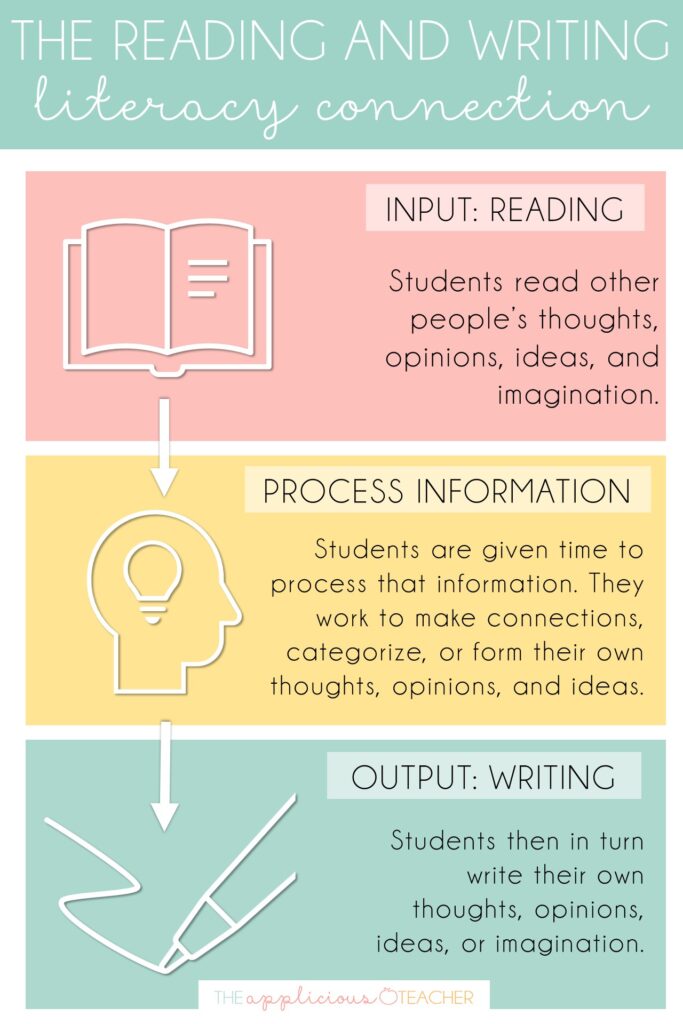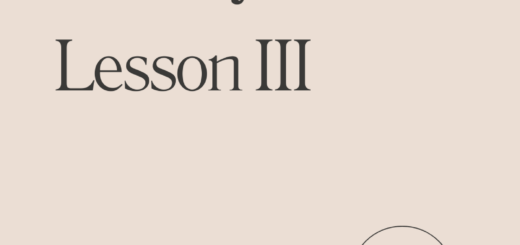Assessment & Reporting
Reading Reflection Journals
Reading Reflection Journals (or Reading Response Journals) are a great tool for assessing students’ reading comprehension, critical thinking skills, and emotional responses to texts. They can be “a place for students to write, draw, and share their opinions and ideas or respond to a text” read in class (The Applicious Teacher).
The Reading & Writing Literacy Connection
Reading Reflection Journals are a simple way that teachers can help their students “close the reading and writing literacy connection” (The Applicious Teacher).
INPUT: READING: when students read, they are taking in the “thoughts, ideas, opinions, & imagination” of other people (The Applicious Teacher).
OUTPUT: WRITING: when students write, they are producing their own “thoughts, ideas, opinions, & imagination. They are asked to take the input and create an output” (The Applicious Teacher).
Engaging students in the input and output of literacy is essential to their process of developing “meaningful reading comprehension and powerful writing skills.” When students have a chance to “engage in the literacy connection of reading-process-writing,” deeper reading comprehension becomes possible (The Applicious Teacher).

Grade 7 Science Applications
In my upcoming practicum, I will be teaching a Science 7 unit on climate. As part of my assessment plan, students will complete an entry in their Reflection Journals after each lesson. To conclude each lesson or new concept, students will be given a reflection prompt to answer in their journals, meeting the curricular competency, “respond to text in personal, creative, and critical ways.” These journals will serve as a place for my students to develop their metacognition, critical and reflective thinking skills, writing and communication skills, as well as keep track of new vocabulary they learned. At the end of the unit, their journals will be a source of learning evidence; students can look back at their previous entries and reflect on how their learning has progressed.
Student Reporting Policy
The Proficiency Scale
The proficiency scale gives teachers a framework for assessing and reporting their students’ progress, and allows teachers, students, and caregivers to understand where students are in their learning journey and identify areas for growth.
Emerging: students are beginning to demonstrate an understanding of learning standards/objectives. They may show initial attempts at applying skills/concepts but often require significant support/guidance from teachers.
Developing: students are making progress towards mastering the learning standards/objectives. They are starting to demonstrate more consistent understanding & application of skills/concepts, but they may still require some support.
Proficient: students have achieved mastery of the learning standards/objectives. They consistently demonstrate a complete understanding of skills/concepts & can apply them effectively with minimal support.
Extending: students exceed mastery of the learning standards/objectives. They demonstrate advanced understanding & application of skills/concepts & are able to apply them creatively & independently.

Frequency of Reporting
Throughout the school year, students receive atleast five communications on their learning progress; four learning updates and one summary of learning.

Learning Updates: 2x Formal Learning Updates- digital or printed format, covers all areas of learning; includes feedback on strengths, areas for growth, opportunities for development, attendance information, & student-generated content (self-reflection on Core Competencies/goal setting). 2x Informal Learning Updates- conferences, discussions, phone calls, emails, portfolios, written summaries; covers similar content as written updates.
Summary of Learning: (at the end of the school year) describes & summarizes student learning & growth throughout the year. Includes summary of student learning, feedback on strengths, areas for growth, opportunities for development, attendance information, student-generated content.
Feedback on how students learn and participate in class should concentrate on things teachers can see happening in the classroom. This kind of engagement helps students learn important skills and reach their own goals, preparing them to succeed in a world that’s always changing.



